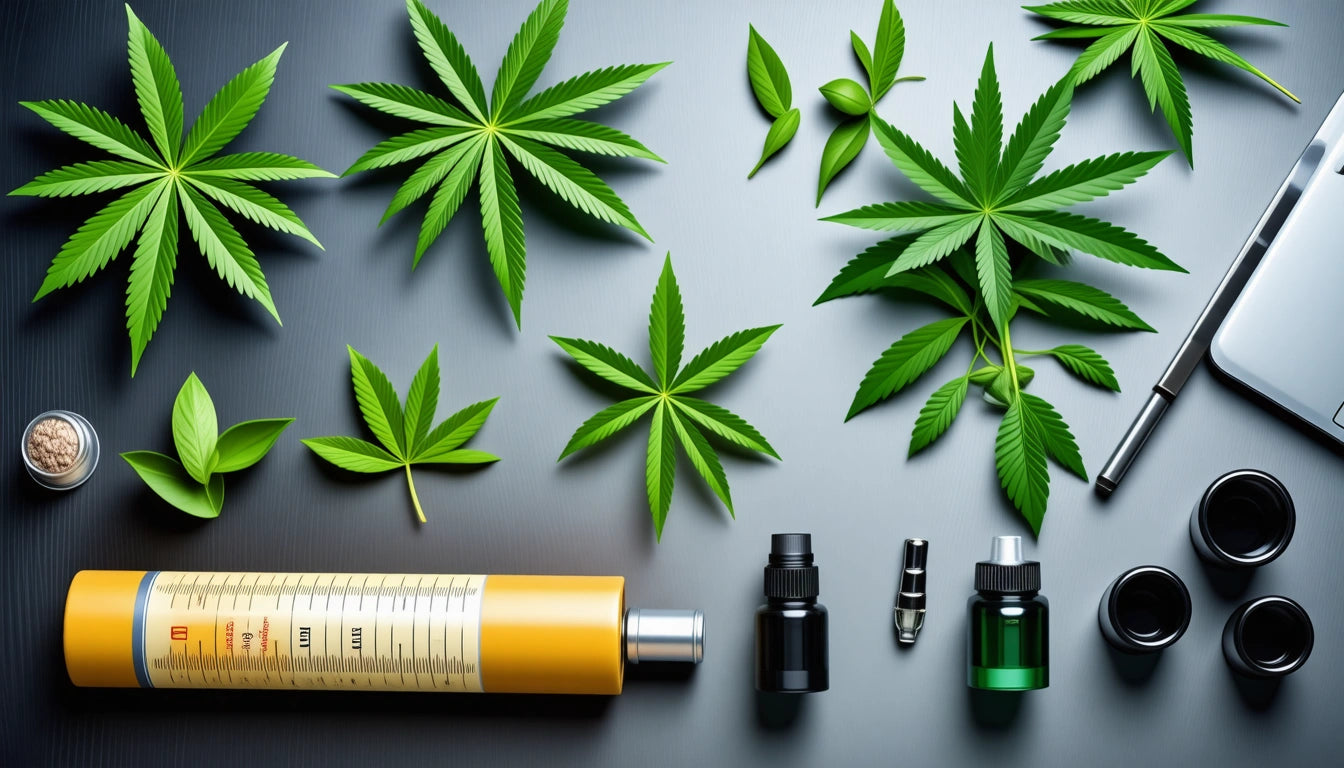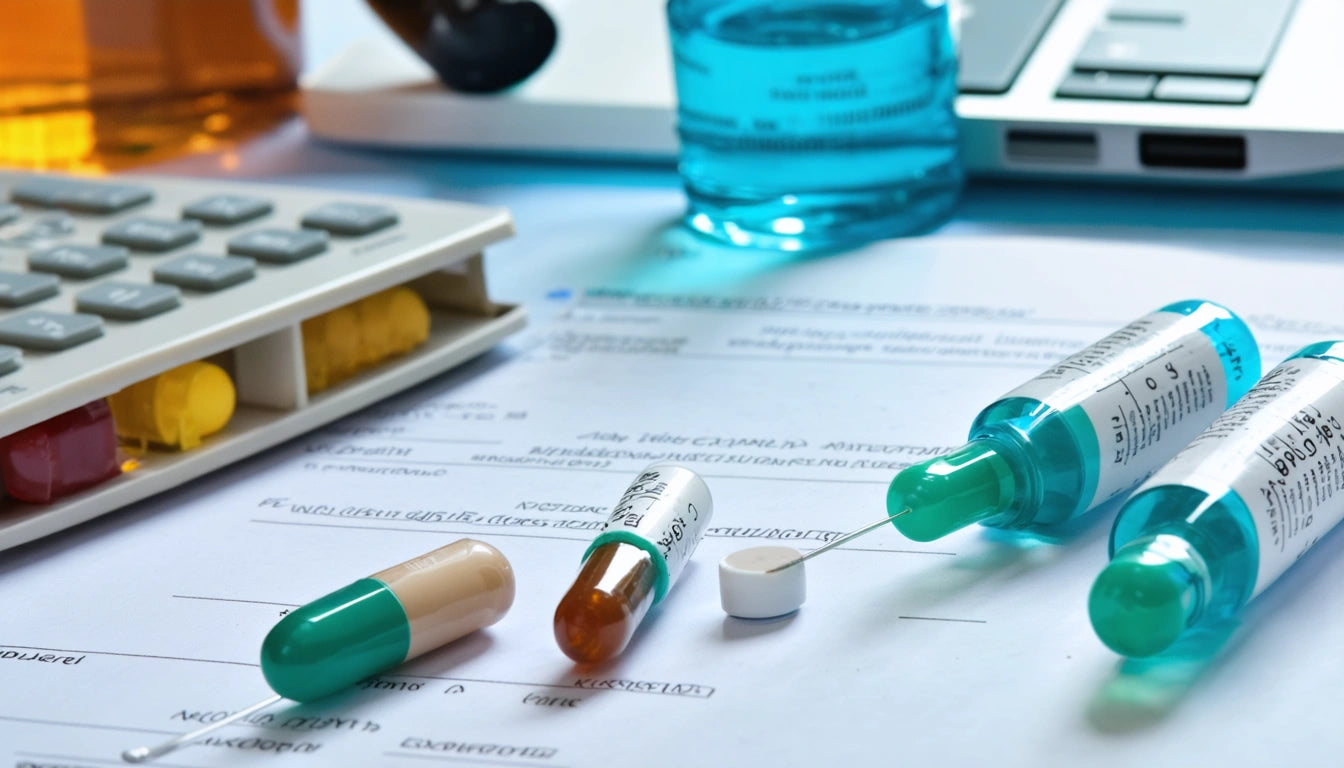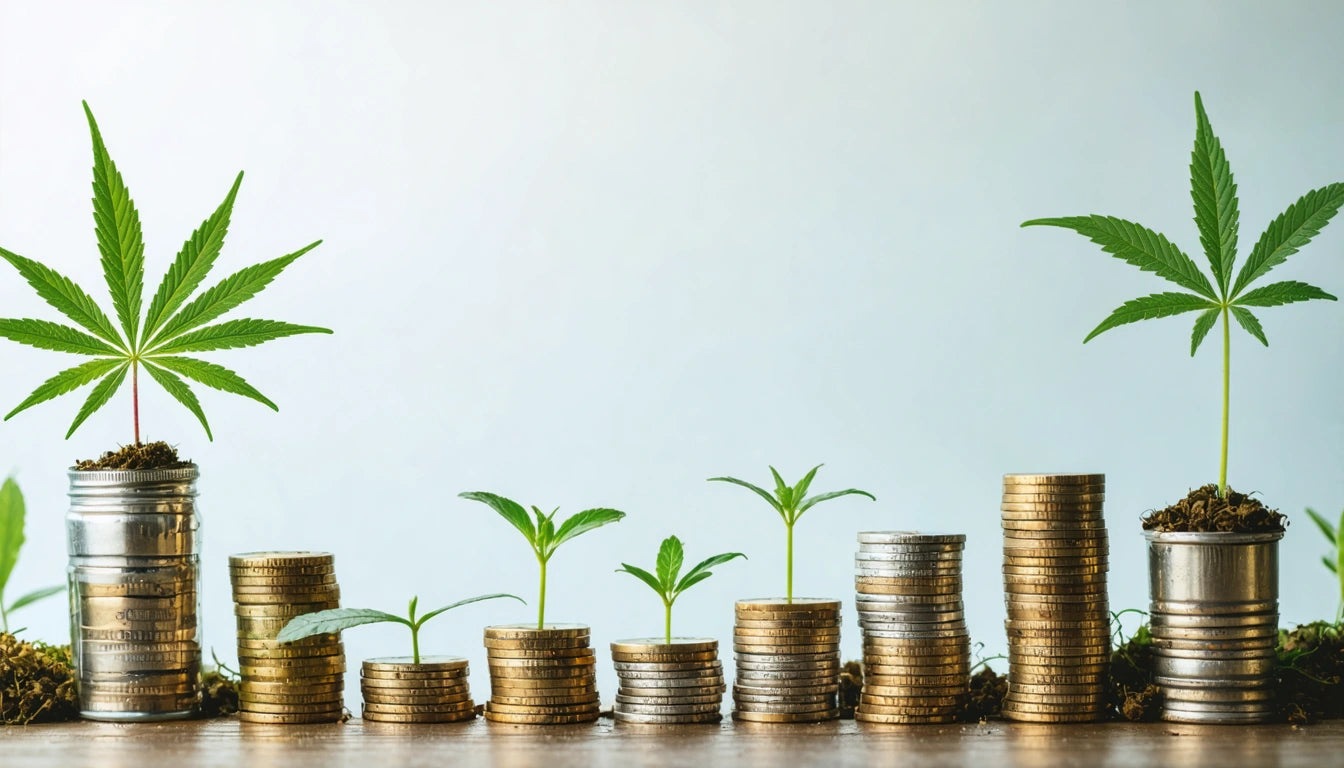Table of Contents
- Cannabis Seedling Temperature Requirements
- Vegetative and Flowering Stage Temperature Management
- Cold Tolerance Limits for Cannabis Plants
- Optimal Decarboxylation Temperatures for Maximum Potency
- Drying and Curing Temperature Controls
- Vaporization Temperature Guide for Different Effects
- Device-Specific Temperature Recommendations
- Temperature Management Strategies for Cannabis Operations
The Ultimate Guide to Optimal Temperatures for Cannabis Growth, Decarboxylation, and Vaporization
Temperature control is one of the most critical factors in cannabis cultivation, processing, and consumption. From the delicate seedling stage to the final vaporization of cannabinoids, precise temperature management can significantly impact potency, flavor profiles, and overall experience. This comprehensive guide explores the optimal temperatures for each stage of the cannabis journey.
Cannabis Seedling Temperature Requirements
Seedlings represent the most vulnerable stage in the cannabis growth cycle, requiring careful temperature control for successful development.
The best temp for cannabis seedlings typically ranges between 70-77 °F (21-25 °C) during the day and should drop no more than 10 °F at night. This range promotes strong root development while preventing damping off, a common fungal issue in young plants.
Maintaining consistent temperatures is crucial during this stage, as fluctuations can stress seedlings and stunt growth. Many cultivators use seedling heat mats with thermostatic controls to maintain these precise conditions.
Vegetative and Flowering Stage Temperature Management
As plants mature, temperature requirements shift to support different growth priorities.
Vegetative Stage
During vegetative growth, the best temp to grow weed is between 70-85 °F (21-29 °C) when lights are on. This slightly warmer range encourages robust stem and leaf development. Nighttime temperatures should drop to 65-70 °F (18-21 °C) to simulate natural conditions and prevent stretching.
Flowering Stage
The best temperature for cannabis flowering stage is slightly cooler than vegetative growth, ideally between 65-80 °F (18-26 °C) during light hours. This temperature range helps promote resin production and terpene preservation. Many cultivators gradually lower temperatures as flowering progresses, with late flowering benefiting from temperatures at the lower end of this range.
Cold Tolerance Limits for Cannabis Plants
Understanding cold tolerance is essential for outdoor growers and those managing energy costs in indoor operations.
So how cold can weed plants survive in various growth stages? Mature plants can typically withstand temperatures as low as 50 °F (10 °C) without significant damage, though growth will slow considerably. Brief exposure to temperatures between 40-50 °F (4-10 °C) may not kill plants but will induce stress responses that can affect yield and potency.
Frost, which occurs at 32 °F (0 °C) and below, will damage or kill cannabis plants that haven't been specifically bred for cold resistance. Some northern cultivars show better cold tolerance, but protection is generally required when temperatures approach freezing.
Optimal Decarboxylation Temperatures for Maximum Potency
Decarboxylation converts THCA to active THC through heat application, a crucial process for edibles and certain concentrates.
The question of what temperature to decarb weed has been extensively researched. The consensus points to 240-250 °F (115-121 °C) as the optimal range. At this temperature, decarboxylation occurs efficiently without degrading cannabinoids or burning off valuable terpenes.
Time is also a factor when considering what temp to decarb weed. At 240 °F, the process typically takes 30-40 minutes for optimal conversion. Higher temperatures can speed the process but risk degrading THC to CBN, which has more sedative effects.
Drying and Curing Temperature Controls
After harvest, temperature control remains crucial during drying and curing phases.
The best temperature to cure weed is between 60-70 °F (15-21 °C). This moderate range slows the process enough to allow chlorophyll breakdown while preventing mold growth. When combined with proper humidity control (45-55%), these temperatures facilitate the enzymatic processes that improve flavor and smoothness.
During the initial drying phase, slightly higher temperatures of 65-75 °F (18-24 °C) may be used, gradually transitioning to the lower curing temperatures as moisture content decreases. Proper storage of cured cannabis requires specialized containers with secure, child-resistant lids to maintain these carefully controlled conditions while ensuring product safety.
Vaporization Temperature Guide for Different Effects
Vaporization offers precise temperature control that can target specific cannabinoids and terpenes for customized effects.
The best temperature for vaporizing cannabis depends on the desired experience:
- 315-330 °F (157-165 °C): Low-temperature range that preserves delicate terpenes and produces mild effects
- 330-370 °F (165-187 °C): Mid-range that balances flavor preservation with potent effects
- 370-430 °F (187-221 °C): High-range that maximizes extraction but may sacrifice some flavor nuances
Different cannabinoids vaporize at varying temperatures, with CBD requiring slightly higher temperatures than THC. This allows users to somewhat target specific compounds by adjusting vaporization temperature.
Device-Specific Temperature Recommendations
Modern consumption devices offer precise temperature control for optimized experiences.
Puffco Peak Temperature Settings
The popular Puffco Peak offers four heat settings, each designed for specific concentrate types and experiences. A Puffco Peak temperature guide typically recommends:
- Blue (450 °F/232 °C): For flavor preservation with live resins and high-terpene extracts
- Green (500 °F/260 °C): Balanced setting for most concentrates
- Red (550 °F/287 °C): Higher temperature for more vapor production
- White (600 °F/315 °C): Maximum extraction for harder concentrates
Dry Herb Vaporizers
Dry herb vaporizers typically operate at lower temperatures than concentrate devices, with optimal ranges between 350-420 °F (175-215 °C) depending on the specific device and desired effects.
Temperature Management Strategies for Cannabis Operations
Successful temperature management requires both proper equipment and consistent monitoring practices.
For cultivation, HVAC systems should be properly sized with redundancy built in to prevent catastrophic temperature fluctuations. Remote monitoring systems with alerts can provide early warning of potential issues, allowing for intervention before plants are damaged.
For processing operations, precision-controlled ovens with digital temperature controls are essential for consistent decarboxylation results. Similarly, climate-controlled curing rooms with dedicated environmental systems ensure product quality during post-harvest processing.
For consumers, investing in quality vaporization devices with accurate temperature control allows for customized experiences that maximize both enjoyment and therapeutic benefits. Understanding the relationship between temperature and effects empowers users to achieve consistent, predictable results.











Leave a comment
All comments are moderated before being published.
This site is protected by hCaptcha and the hCaptcha Privacy Policy and Terms of Service apply.